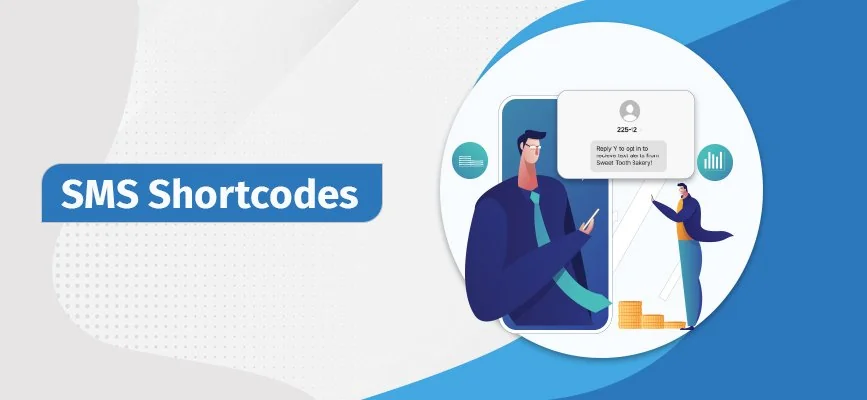In today’s mobile-first world, direct-to-consumer shortcodes have emerged as a powerful tool for businesses to engage directly with their customers. These abbreviated phone numbers, typically 5 or 6 digits long, enable companies to send and receive text messages, fostering direct and personalized communication.
Key Features of Direct-to-Consumer Shortcodes
- Memorable & Convenient: Shortcodes are easy to remember and type, making them ideal for marketing campaigns, promotions, and customer support interactions.
- Two-Way Communication: They enable both businesses and customers to send and receive messages, creating a direct and interactive channel.
- High Throughput: Shortcodes can handle high volumes of messages, making them suitable for large-scale campaigns and broadcasts.
- Opt-in Based: Customers must explicitly opt-in to receive messages from a shortcode, ensuring compliance with privacy regulations.

Benefits for Businesses
- Enhanced Customer Engagement: Direct-to-consumer shortcodes enable businesses to build relationships with customers through personalized communication and timely responses.
- Increased Brand Awareness: Shortcodes can be used to promote brand awareness and drive customer engagement through contests, polls, and other interactive campaigns.
- Improved Customer Service: They offer a convenient channel for customers to seek support or resolve issues quickly and efficiently.
- Data Collection and Analytics: Shortcodes can be used to collect valuable customer data and track the effectiveness of marketing campaigns.
Read more: text from 128
Examples of Direct-to-Consumer Shortcode Use Cases
- Promotional Offers and Discounts: Sending exclusive deals and discounts to opted-in customers.
- Order Updates and Shipping Notifications: Providing real-time updates on the status of orders and shipments.
- Appointment Reminders and Confirmations: Sending reminders for appointments and allowing customers to confirm or reschedule.
- Customer Feedback and Surveys: Gathering feedback from customers to improve products and services.
- Two-Factor Authentication: Enhancing security by sending verification codes for account logins.
Conclusion
Direct-to-consumer shortcodes offer a powerful and versatile communication channel for businesses to connect with their customers. By leveraging their unique features and benefits, companies can enhance customer engagement, boost brand loyalty, and drive business growth.
Sources and related content
لا تعليق